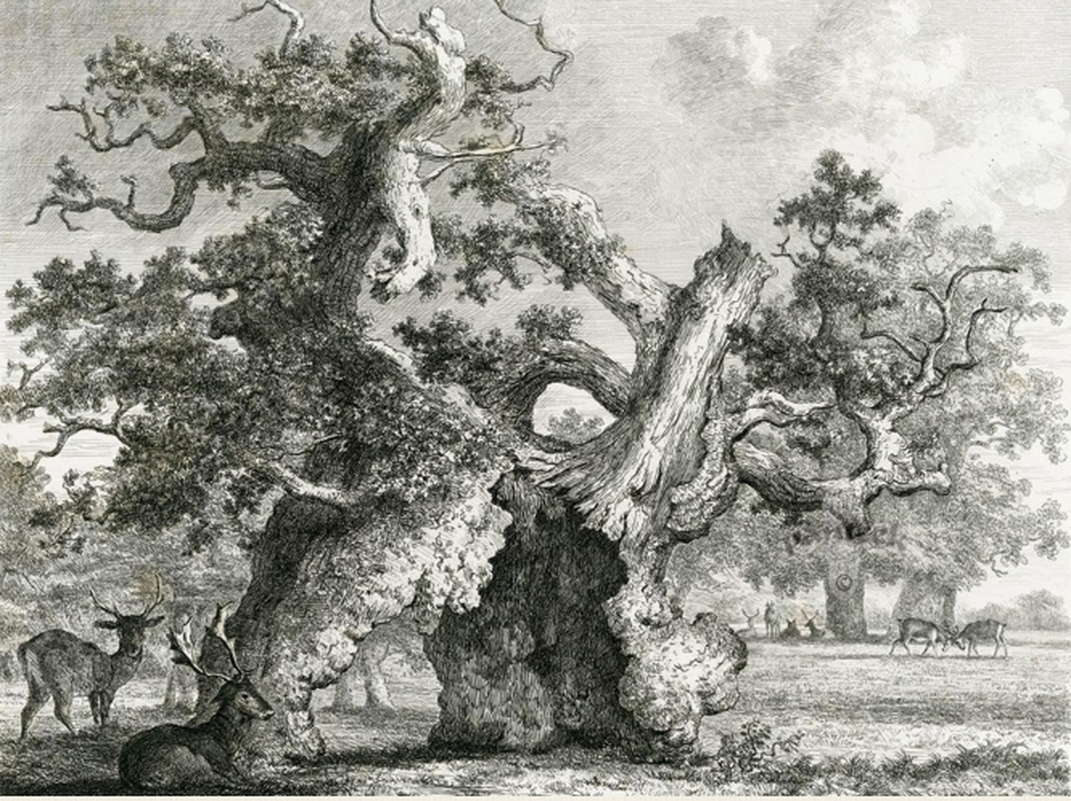Savernake FOREST
Volume VIII Chapters
- Safernoc
- The Esturmy Wardens
- The Bailiwicks of Savernake
- The Dowager Queens
- The Perambulation of 1244
- The Perambulation of 1330
- Sir Robert Bilkemore
- Parks and Warrens
- Tottenham Lodge


